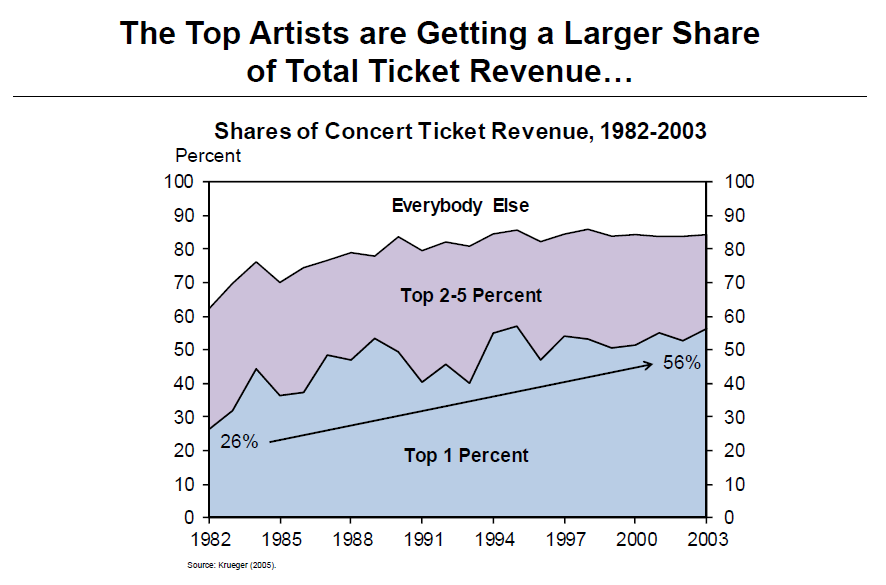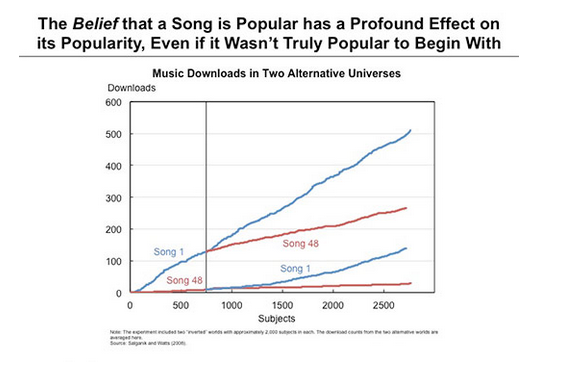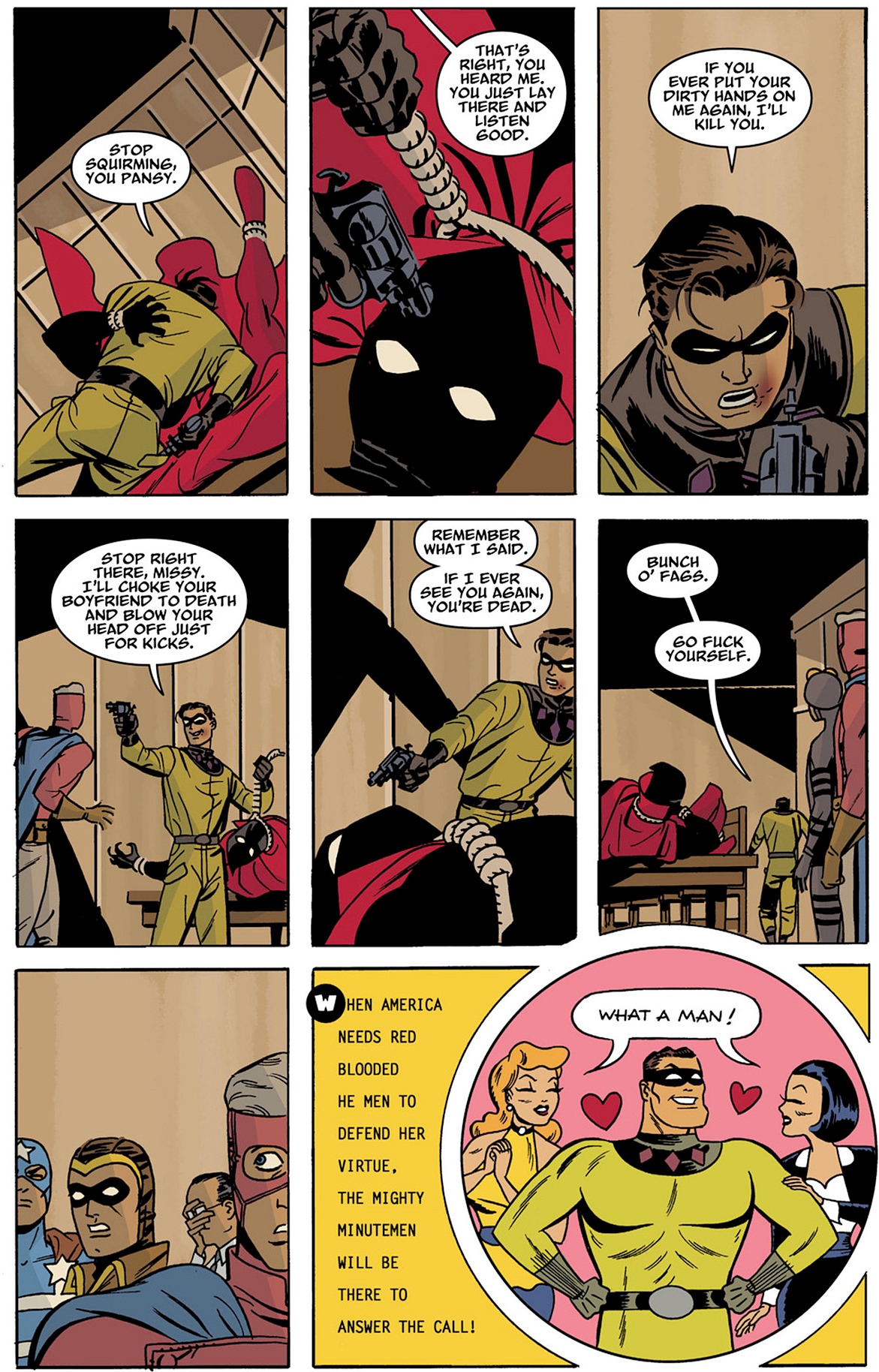I wrote this some years back for a sex toy website. I don’t think they ever published it…so I thought I’d finally run it here.
______________
“You think they [comic books] are mostly about floppy-eared bunnies, attractive little mice and chipmunks? Go take a look.”
—cover flap of Frederic Wertham’s Seduction of the Innocent
Erotic comics first surfaced in the dim dawn of pre-history among cave-dwelling ungulate-fetishists who, in animistic rituals, drew upon the stone walls choice mammoths with whom they wished to have congress. Some time thereafter, in the early 1800s, the Japanese developed…SHUNGA! Which is pretty much what it sounds like.
Perhaps the most famous shunga illustration is Hokusai’s The Dream of the Fisherman’s Wife, which, coincidentally, also features a rape-by-mammoth. Ha ha. No, of course it doesn’t. It actually features a rape-by-octopi.
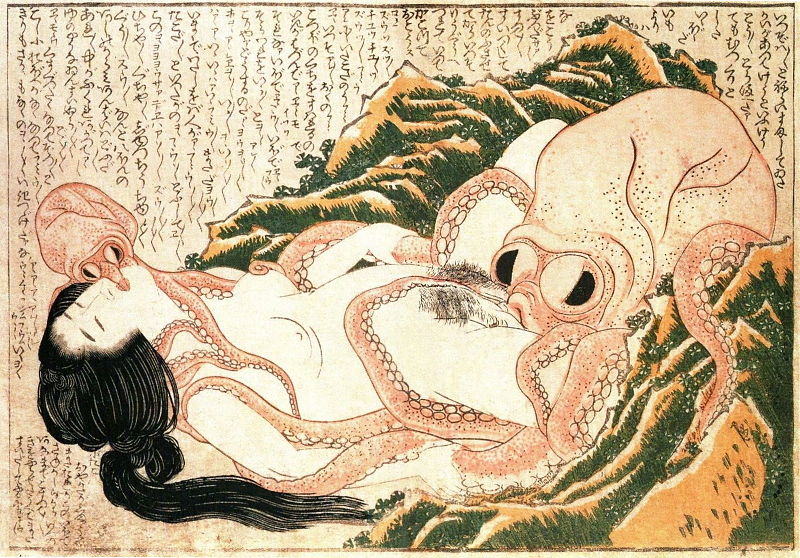
Lascivious, decadent Europeans, inspired by such hot-and-heavy Japanese print-making, erected sophisticated fantastic visions of their own. Here, for example, turn-of-the-century Brit Aubrey Beardsley makes a subtle phallic reference.

Can We Get More Animation Down There, Please?
If you studied the pictures above very closely, you probably need to stop and take a deep breath. If you examined them somewhat more cursorily, you probably noticed that they’re not actually comics — just influential genital progenitors, as it were. Comics as we know them coalesced as a form in the early 1900s. At first, of course, they were mostly aimed at kids, so sexual content tended to be muted. Winsor McCay drew the occasional picture of a woman in bed with a warthog, but that was about as racy as it got.
No form can escape filth forever, though. By the 1920s, cutesy childhood icons were frolicking like hardened whores across the pages of crude 4″ x 6″ pamphlets known as Tijuana Bibles. Violating propriety and copyright with equal vigor, these eight-page narratives featured such familiar faces as Popeye, Dick Tracy, Flash Gordon and the eternally underage Little Orphan Annie demonstrating the use of heretofore unillustrated appendages.
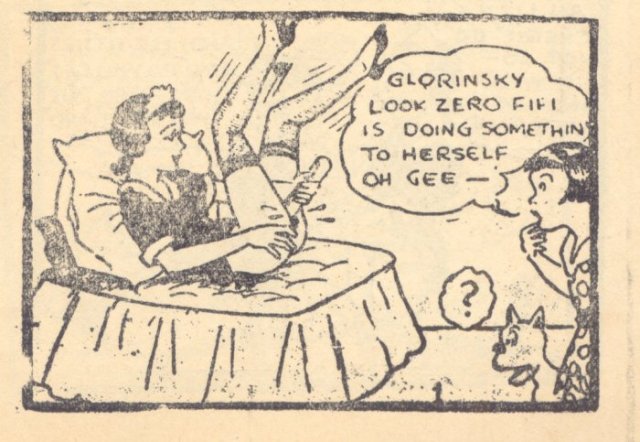
Tijuana Bibles were most popular during the Great Depression, when most people were too poor to afford orgasms. During the late 50s, though, men’s magazines began to publish real photographic evidence that anatomy existed, stimulating the poor Tijuana Bibles right out of existence.
Balling with Gags
Luckily, the girly mags were a fickle bunch; photos may have been their true love, but they inevitably had a passel of mistresses on the side. These included gag cartoons. From Eldon Didini to Jack Cole (of Plastic Man fame) to Dan DeCarlo (of Archie fame), some of the biggest names in comicdom set their work atop clever captions like “The job is yours, Miss Bigelow, providing you fit just as well on my partner’s lap!” and “Two aphrodisiacs please!” Not that anyone was looking at the captions, exactly.
The pinnacle of men’s magazine cartooning is generally considered to be Little Annie Fanny, a strip cartoon which ran sporadically in Playboy from 1962 to 1988. Written by Mad-magazine alum Harvey Kurtzman and lavishly painted by Will Elder the titular character (in various senses) was an empty-headed naif who kept stumbling into preposterous situations, upon pop cultural tropes ripe for satire, and out of her clothes. Mostly that last one.
Under Where?
Men’s magazine illustrations were aimed at a broad, mainstream audience, and so were fairly tame by earlier illustrational standards; visible penises were a no no, much less octopus rape. With the late sixties underground comix movement, though, more idiosyncratic perversions became available from a head-shop near you. S. Clay Wilson’s raunchy fornicating bikers, satyrs, and pirates led the way, but even more influential was R. Crumb, whose comics indulged his fetish for large, powerful women and their hindquarters.
In Europe, one of the most influential underground cartoonists was Touko Laaksonen, better known as Tom of Finland. His well-endowed, pumped-up, and frequently pumping leather-clad, uniform-sporting men were hugely popular through the 60s and 70s, and remain widely recognized and (ahem) utilized today. Laaksonen was even an important influence on the visual style of the Village People. Eat your heart out, Jack Kirby.
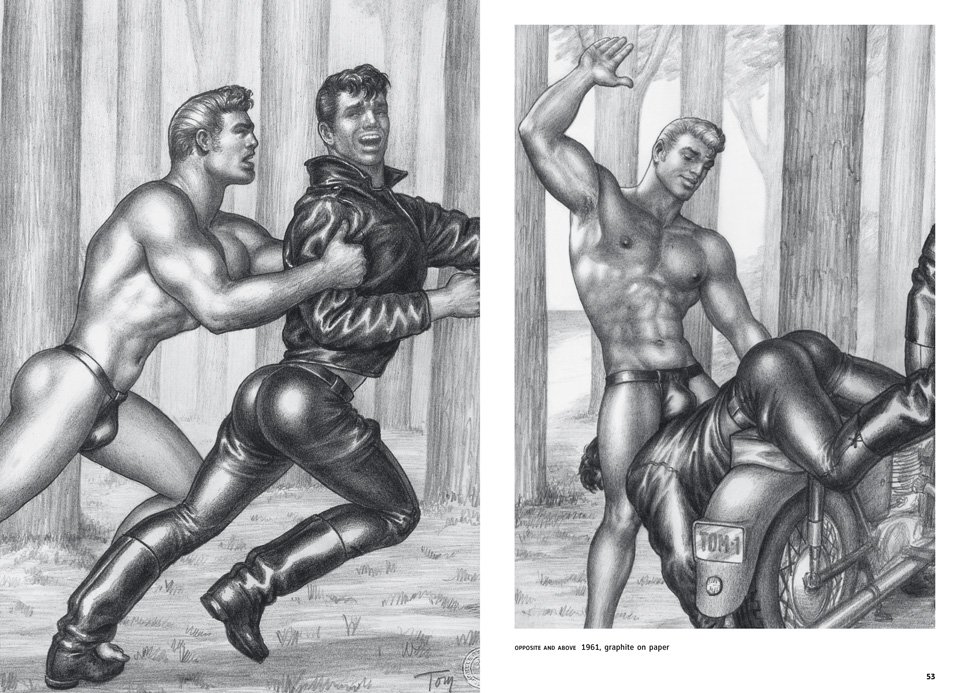
The undergrounds opened the way for independent comics in general, and for more sexual and personal material in particular. At the extreme is Johnny Ryan, whose supremely and surreally filthy comics have at various points featured disembodied invisible anuses, severed butt-cracks, quarts of Dracula piss, and sex with midget Hitler. Much more literal is David Heatley’s “My Sexual History” which, like the title says, is a chronicle of every sexual encounter the author has ever had. Other autobio creators, from Jeff Brown, to Julie Doucet, to (my favorite) Ariel Schrag, have also chronicled their sexual lives in detail that veers between the arousing and the more-information-than-I-really-want-to-know-thanks.
One of the most acclaimed independent adult titles is Reed Waller and Kate Worley’s 80s series, Omaha the Cat Dancer, a sexually explicit soap-opera with funny animals (the title character is actually a feline…more or less.) Equally idiosyncratic is Alan Moore and Melinda Gebbie’s 2006 Lost Girls, which features Wendy from Peter Pan, Dorothy from The Wizard of Oz and Alice from Alice in Wonderland musing on matters philosophical while engaging in a marathon of sexual trysts.
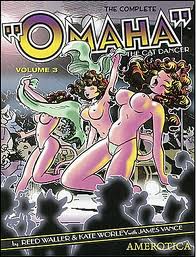
Porn actually played a vital part in the survival of one of the most respected independent comics publishers. Fantagraphics — whose catalog includes Dan Clowes and Los Bros Hernandez — was poised to go out of business in the early 90s. It was saved in part by the launch of its adult-oriented Eros line. It’s kind of funny to think that there would be no Chris Ware as we know him without concupiscence and gushing bodily fluids (though that’s true for all of us, I suppose.)
Foreign Trollops
Influential European comics with sexual themes began to appear in the early 1960s. Guido Crepax’s character Valentina started her erotic run in the Italian comics magazine Linus in 1963; Crepax would go on to work on graphic adaptations of porn classics like Histoire d’O and Justine.
Another Italian, Milo Manera, is perhaps Crepax’s most famous heir. Both artists have had work appear in Heavy Metal, an American offshoot of the early 70s French magazine Métal Hurlant. Heavy Metal’s Europulp-fantasy-smut remains a touchstone in American comics, from Frank Thorne’s Lann to Michael Manning’s ongoing fetish, gender-bending, humidly romantic, paranoid cyberpunk opus In A Metal Web.
The real top in recent foreign-on-American porn, though, has been Japan. Manga, or Japanese comic books have penetrated…er…pushed their way into…um…stickily saturated? Anyway, they’re very popular in America, and porn manga is no exception. For those who want to be taken seriously by your local otaku, Japanese porn is usually referred to as hentai. Hentai can refer to any number of fetishes, some of which (giant breasts) are fairly mainstream, others of which (girls-with-penises, tentacle rape, or sex with underage-appearing girls, known as lolicon) are less so.
From a western perspective the most unusual hentai genre,is probably yaoi. Yaoi depicts homosexual relationships between beautiful men, but it is created by and marketed mostly to women. In contrast to gay porn for gay men, yaoi tends to feature complex characters and intricate relationships — it is, in other words, a romance with lots of gay sex added. Pundits often like to claim that girls like yaoi because identifying with boys is more distant and somehow safer. Probably the real appeal is more straightforward (ahem) — if you like to look at pictures of hot guys having sex, surely two is better than one? In any case, yaoi has proved quite popular with het- (and not-so-het) female readers in the U.S. Among the most popular titles featuring boy-romance are Maki Murikami’s Gravitation and Sanami Matoh’s Fake. More consistently explicit fare includes Youka Nitta’s Embracing Love and Fumi Yoshinaga’s Gerard and Jacques.

In the Future, There Will Be Only Virtual Sex
Paper publishing is currently in the middle of a death-spiral, and porn comics have certainly taken a hit as well. Yes, a wide array continue to be available for all tastes, from furry-friendly-fare like Richard Moore’s Short Strokes to trans fetish fare like Roberto Baldazzini’s Bayba: The 110 BJ’s and Christian Zanier’s Banana Games to always-popular vampire erotica like Frans Mensink’s Kristina Queen of Vampires . But it seems likely that in the near future most explicitly pornographic comics will be online — like current Indian semi-sensation Savita Bhabi series. Dirty drawings never die…they just digitize.


